Design & Technology at Central Street
Intent:
What do we hope to achieve? We want our pupils to be interested in Design Technology (DT) by involving them in practical and creative activities which allow them to be imaginative. They will learn resilience and perseverance, when ideas fail that it is ok to redesign and try again. They will learn to collaborate as they work on a variety of different projects.
Implementation:
In EYFS, Design Technology is introduced indirectly through activities that encourage children to begin to think about use and purpose and to gain a wider experience of using tools, techniques and materials. This is called Expressive Art and Design (Creating with Materials) (Being Imaginative and Expressive)
‘The development of children’s artistic and cultural awareness supports their imagination and creativity. It is important that children have regular opportunities to engage with the arts, enabling them to explore and play with a wide range of media and materials. The quality and variety of what children see, hear and participate in is crucial for developing their understanding, self-expression, vocabulary and ability to communicate through the arts. The frequency, repetition and depth of their experiences are fundamental to their progress in interpreting and appreciating what they hear, respond to and observe.’ EYFS Framework, 2021.
In KS1, practical skills are taught through topics (Food, Structures and Mechanisms) that guide the children through the design process of designing, making and evaluating against criteria which makes the learning meaningful.
A progression of skills means that we can adapt the learning to be inclusive and give opportunities for all to participate.
DT is often, though not exclusively taught through the curriculum themes and topics to provide links with other curriculum subjects in a meaningful way and through a variety of activities such as IT so that children of all abilities can communicate their knowledge
Design and technology is an inspiring, rigorous and practical subject. Using creativity and imagination, pupils design and make products that solve real and relevant problems within a variety of contexts, considering their own and others’ needs, wants and values. They acquire a broad range of subject knowledge and draw on disciplines such as mathematics, science, engineering, computing and art. Pupils learn how to take risks, becoming resourceful, innovative, enterprising and capable citizens. Through the evaluation of past and present design and technology, they develop a critical understanding of its impact on daily life and the wider world. High-quality design and technology education makes an essential contribution to the creativity, culture, wealth and well-being of the nation.
National Curriculum 2014
Find out more about studying Design & Technology
By the end of Reception children in EYFS will be able to:
Safely use and explore a variety of materials, tools and techniques, experimenting with colour, design, texture, form and function
Share their creations, explaining the process they have used
Make use of props and materials when role playing characters in narratives and stories.
Children in KS1 will be taught to:
Design
design purposeful, functional, appealing products for themselves and other users based on design criteria
generate, develop, model and communicate their ideas through talking, drawing, templates, mock-ups and, where appropriate, information and communication technology
Make
select from and use a range of tools and equipment to perform practical tasks [for example, cutting, shaping, joining and finishing]
select from and use a wide range of materials and components, including construction materials, textiles and ingredients, according to their characteristics
Evaluate
explore and evaluate a range of existing products
evaluate their ideas and products against design criteria
Technical knowledge
build structures, exploring how they can be made stronger, stiffer and more stable
explore and use mechanisms [for example, levers, sliders, wheels and axles], in their products.
Our Design & Technology Gallery
“I like DT best because you can make things and write about what you did”
— AE Moorland Class



















